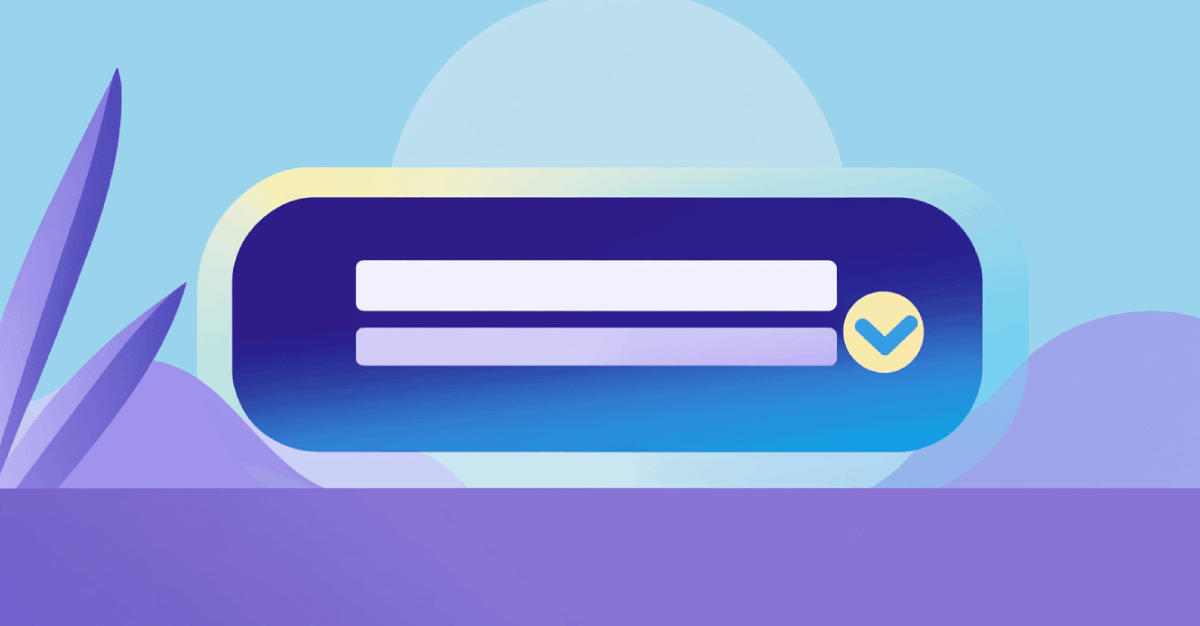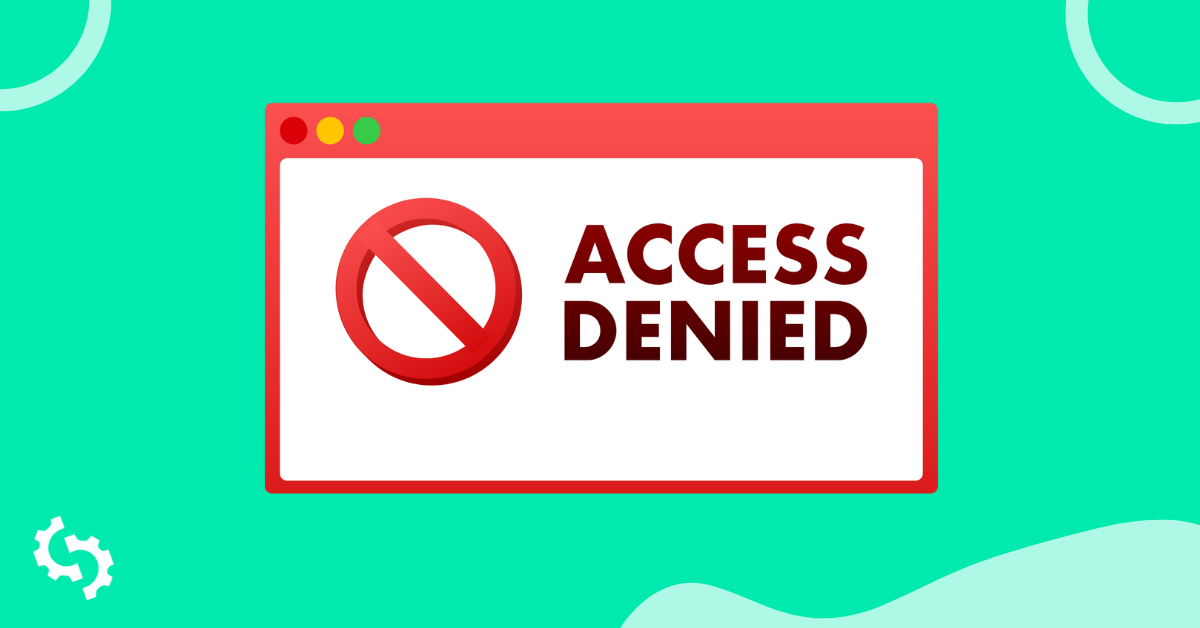
When navigating the web, both users and search engines can come across different HTTP error codes, signaling access issues. Among these, the 401 Unauthorized and 403 Forbidden error codes are two of the most common.
These HTTP response status codes are sent by servers to indicate whether a request has succeeded or failed.
But what's the real difference between the 401 and 403 error codes? In this blog post, we'll break it down and explain how these errors can affect your SEO.
What is the Difference Between 401 vs. 403 Error Codes?
Error codes 401 and 403 both indicate issues with accessing a resource on a server.
Here are the top differences between 401 and 403 server responses:
Authentication
A 401 error occurs when there is an unauthorized access attempt on the server.
In contrast, a 403 Forbidden error happens when the server recognizes the user but determines they don’t have the necessary permissions.
In other words, a 403 status code means the user has provided valid credentials but still lacks the appropriate permissions to view the content.
How to Resolve
For a 401 status code, the issue is resolved by ensuring that the user provides valid credentials, such as a correct username and password.
In contrast, a 403 status code requires a different approach since the user has already provided accurate credentials. You can resolve the issue by checking and adjusting the user's permissions or addressing any server-imposed restrictions that are blocking access to the resource.
Complexity
The HTTP 401 Unauthorized error is less complex because it revolves around the failure to meet authentication protocols like basic or bearer token authentication.
Alternatively, the HTTP 403 Forbidden error is more technically complex. It requires evaluating access control lists, role-based access control, or discretionary access control.
Here, the server enforces policy-based restrictions, rejecting access based on insufficient permissions, even when proper authentication headers are provided.
What is a 401 Error Code?
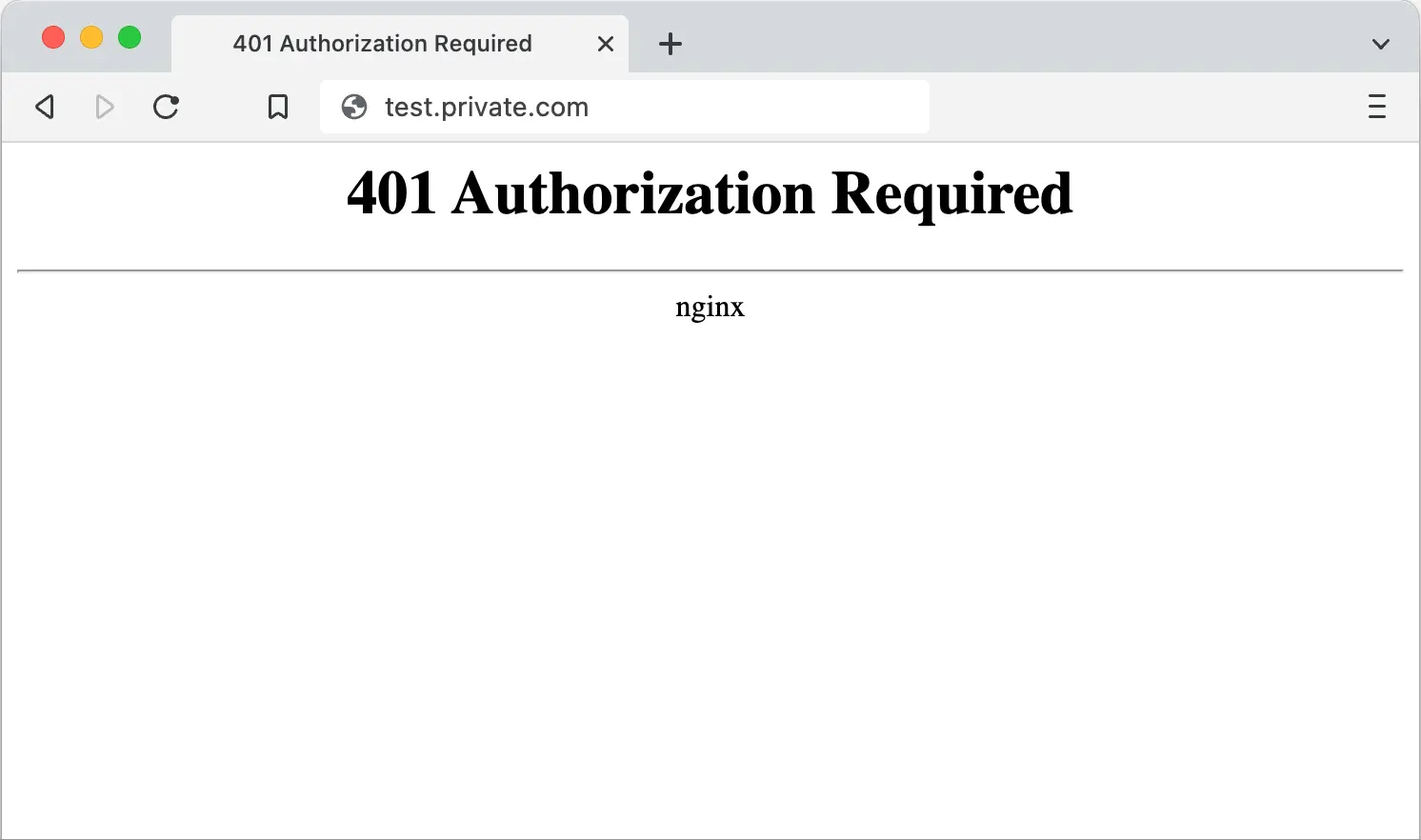
The HTTP 401 status code signifies that the client request is not authenticated. The server cannot verify the client's identity due to the absence of valid credentials.
401 error is triggered because of the following reasons:
- No Credentials Provided: If any user tries to access a file but authentication credentials are missing. Sometimes, users fail to provide a properly signed token, which leads to access being denied.
- Invalid Credentials: Failed login issues can also arise due to server misconfiguration or wrong database connections. In this case, the user provides credentials, but they are incorrect, or the TLS certification is not properly configured.
- Expired Credentials: In many cases, the cached credentials expire and require re-authentication. Some misconfigurations might also lead to endless loops where the login page continues to load.
- Insufficient Permissions: The user is authenticated but lacks the required authorizations to reach the desired file.
- Missing Authorization Header: The user fails to include the required Authorization header in the request.
- Issues with Cookies: When a session or authentication cookie is absent, outdated, or incorrect, the server issues a 401 status code. This requires the user to log in again.
The server’s response includes a WWW-Authenticate header specifying the authentication method required (e.g., Basic, Digest, Bearer). This header prompts the client to provide the necessary credentials.
If the credentials are invalid, the server will return a 401 status until valid credentials are supplied.
What is a 403 Error Code?
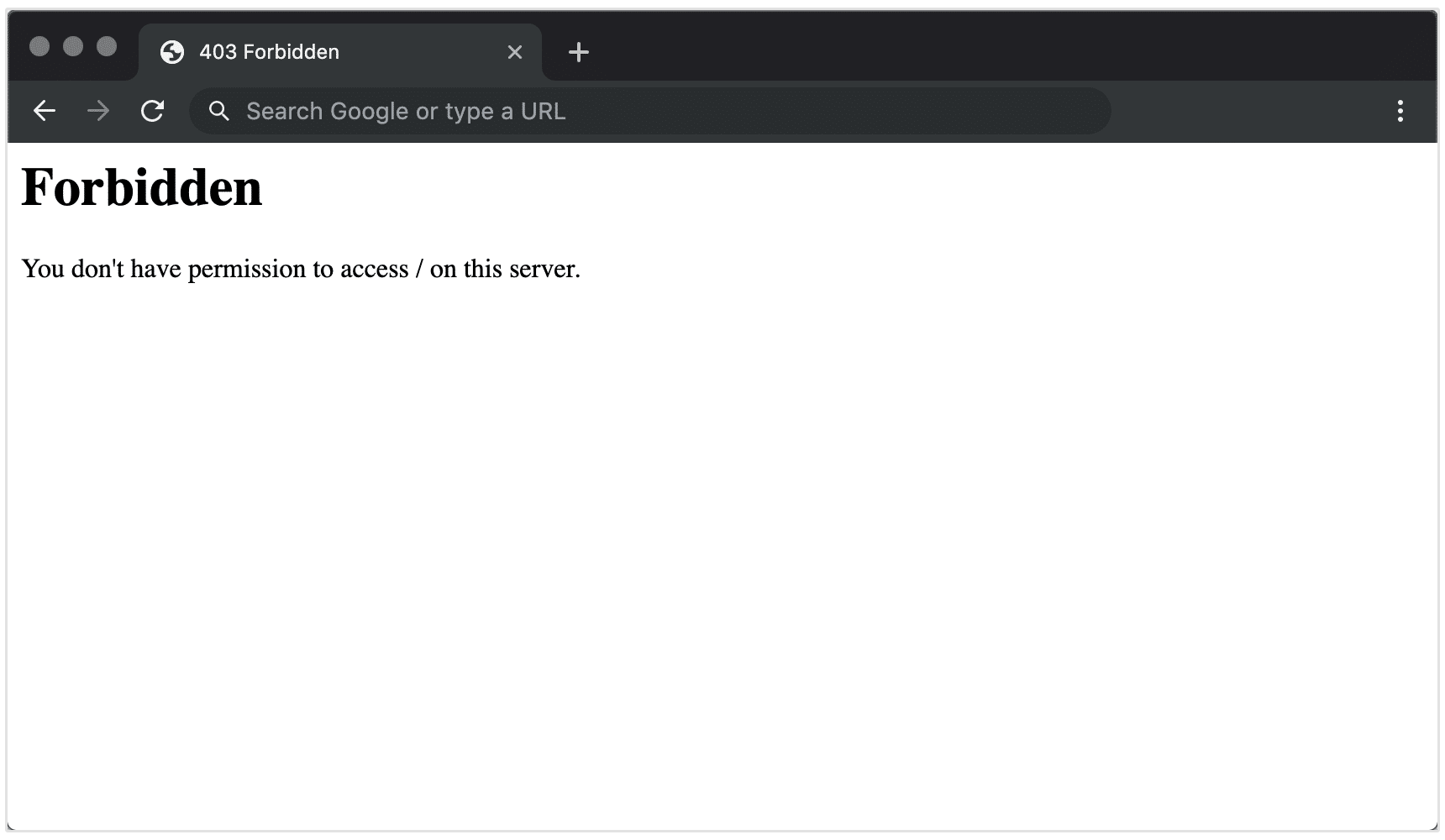
The 403 status code indicates that the server understands the client's request but refuses to grant permission for it. The user's authentication details might be valid, yet the server refuses to permit access to the resource.
The HTTP 403 error is returned due to the following reasons:
Insufficient Permissions
The user is authenticated successfully with the provided credentials. However, the user cannot read, write, or execute the desired files or URLs.
IP Address Blocked
If the user’s IP address inherits a bad history from earlier users, the server might block the IP address.
It might also happen because of too many incorrect login attempts.
Whatever the reason is, if the IP address gets blocked, the server will return an HTTP 403 response code.
Request Blocked by Security Settings
The request is blocked by security settings, such as firewall rules.
Geo-Location Restrictions
Users can’t access the content based on their location due to incorrect CDN misconfigurations. It might also happen due to firewall rules, IP blocking, or region-specific licensing agreements.
Access Control List (ACL) Restrictions
The server blocks access based on permissions lists. These lists determine which individuals or groups are allowed or prohibited from using the resource.
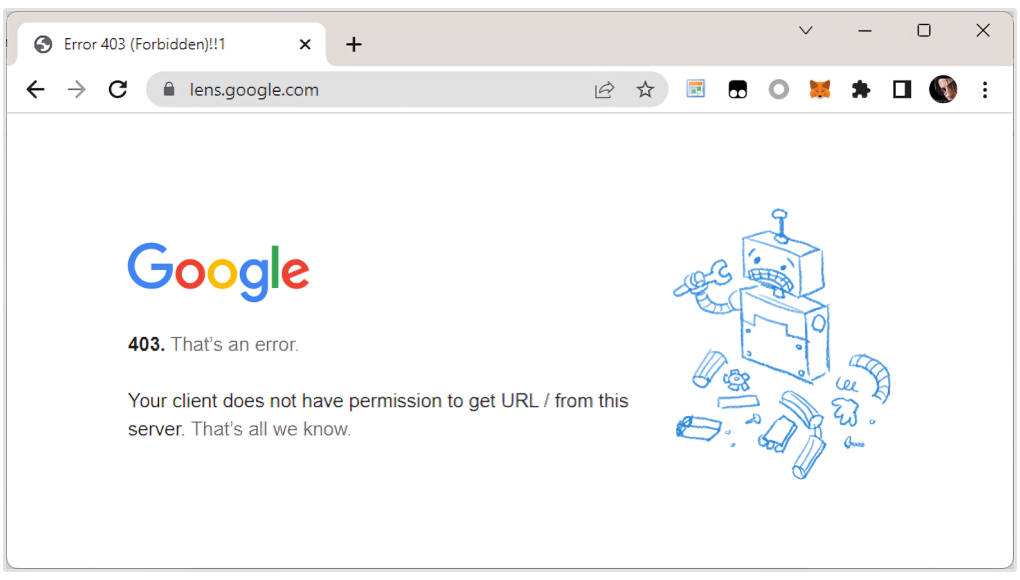
Invalid or Missing SSL/TLS Certificate
Access is restricted because the user attempts to connect to the server without a valid SSL/TLS certificate.
Resource Explicitly Forbidden
The server is configured to explicitly forbid access to the requested resource.
Blocked User Agent
The request is denied because the server blocks the user's browser or bot.
Directory Listing Denied
The server is set to prevent directory listing. The user tries to access a directory that lacks an index file.
File or Directory Permissions
The server has permissions set to limit access, blocking the user from reaching the resource.
Referrer Policy Restrictions
The request is blocked because it originates from a disallowed referrer URL.
Rate Limiting or Quotas
The user has exceeded access quotas or rate limits imposed by the server, leading to a denial of further requests.
Authentication Required But Not Provided
Access to the resource is restricted because the server expects authentication, which the user did not provide.
The server's response to a 403 error does not include a WWW-Authenticate header, as authentication is not the issue. Instead, it indicates that the server understands the request but explicitly refuses to grant access.
If the 403 status is returned, providing different credentials will not resolve the issue. The client must obtain appropriate permissions to access the resource.
What is the Difference Between Forbidden and Unauthorized?
Both the terms "Forbidden" and "Unauthorized" represent different types of access issues in HTTP responses.
Let’s find out the differences between Forbidden vs Unauthorized.
A 401 is a client-side error indicating that the request lacks valid authentication credentials and the user is ‘unauthorized’ to access the server. Hence, the error page is loaded.
To resolve this, the client needs to supply valid authentication details, as indicated by the WWW-Authenticate header in the server's response.
Conversely, a 403 error indicates that the server understands the request but refuses to grant access, even if the credentials are correct. Hence, in this case, access to the resource remains ‘forbidden.’
This occurs when the client is authenticated but lacks the necessary permissions and privileges. The client cannot retrieve the resource without the appropriate permissions, and using different credentials will not resolve the issue.
How do 401 and 403 Error Codes Impact Your SEO
401 and 403 error codes can negatively impact your SEO in several ways:
Frustrating User Experience
Encountering 401 or 403 response codes can be frustrating for users. These HTTP errors often occur when they attempt to access content they believe they have permission to view.
This unexpected barrier can lead to confusion and dissatisfaction, interrupting the flow of their interaction with your site.
The result is not just an immediate disruption; these errors can significantly increase bounce rates as users may immediately exit the site in search of a more accessible alternative.
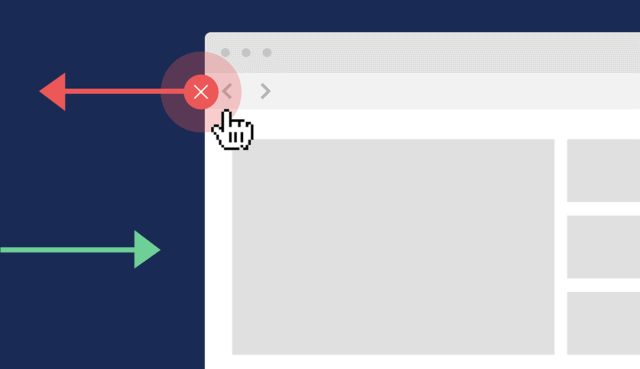
Over time, this can negatively impact key user interaction metrics, including session duration, page visits, and conversion rates, ultimately harming the overall user experience and the site's effectiveness in achieving its goals.
Disruption to Internal Linking and Site Structure
Internal links to pages that return either a 401 Unauthorized or 403 Forbidden error won’t pass any link equity.
It will disrupt the creation of a proper site architecture, leading to a poor visitor experience.
Having too many URLs on your domain and retiring these HTTP error codes negatively impacts the overall SEO score of your website.
When link authority weakens, your site’s organic ranking drops. This results in reduced organic traffic and fewer conversions.
Hence, it doesn’t matter if your server is returning a 401 or 403; both are damaging to your site's SEO.
Reduction in Indexing and Search Visibility
Search engines do not index pages that return Invalid Credentials or Access Forbidden issues.
Hence, they will not appear in search results. This can limit the site’s visibility and reduce organic search traffic.
Additionally, blocking access to important or valuable content can hinder the site's ability to rank well for relevant search queries.
Are there any Similarities Between 401 vs. 403 Error Codes?
Yes, here are the main similarities between 401 and 403 codes:
Access Denial
Both 401 and 403 error codes indicate that access to a resource is denied. This means the server refuses to provide the requested content to the client. In both cases, the client cannot view or interact with the resource as intended.
These two error codes are part of the HTTP protocol and are widely recognized by web servers and clients to indicate specific access issues.
Impact on Search Engine Crawling
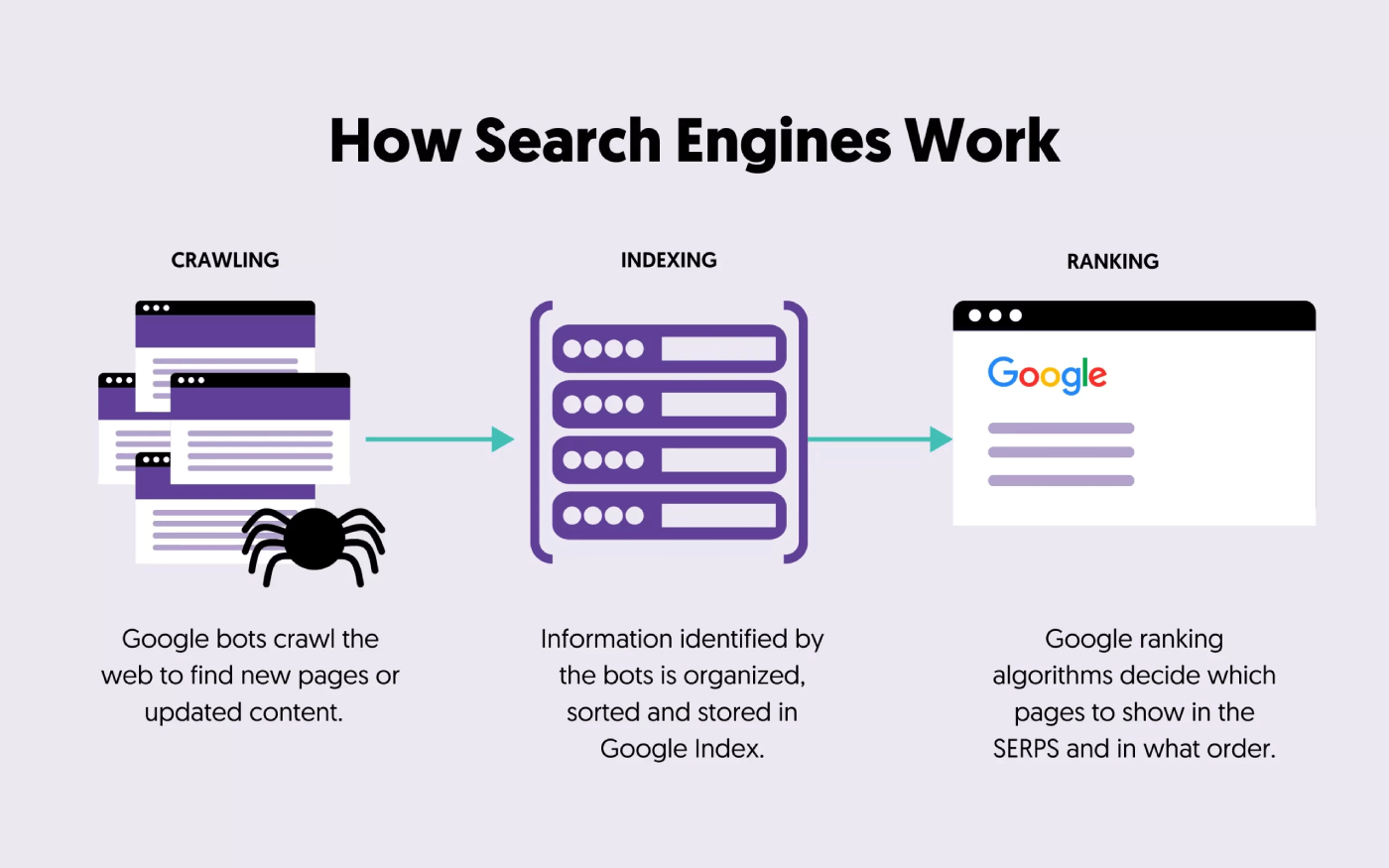
Both HTTP 401 and 403 errors prevent Googlebots and other web crawlers from accessing and indexing the impacted pages.
If a search engine encounters these errors, it won't include the affected pages in its index. Therefore, it leads to reduced organic search traffic.
Response Behavior
Both 401 Unauthorized and 403 Forbidden errors indicate that further action is needed from the client. However, the nature of that action differs.
For a 401 error, valid authentication credentials must be provided. For a 403 error, appropriate permissions or access rights must be obtained.
Error Handling and User Experience
Both 401 and 403 errors lead to user frustration. Site visitors see messages indicating they cannot access the content, which can impact user satisfaction and increase bounce rates.
Both errors can lead to a poor user experience if users cannot access desired content or functionality.
Security
Both status codes are essential for protecting web resources. They ensure that only verified accounts can access sensitive data.
This helps maintain the authenticity and privacy of the information. By restricting access, these codes prevent unauthorized users from viewing or altering private content.
They also provide an additional layer of defense against potential security breaches.
How to Identify 401 and 403 Error Codes?
There are several ways to identify 401 and 403 error codes:
Use Google Search Console
Google Search Console can help identify 401 and 403 issues.
Log in to Google Search Console, and go to the "Indexing" section.
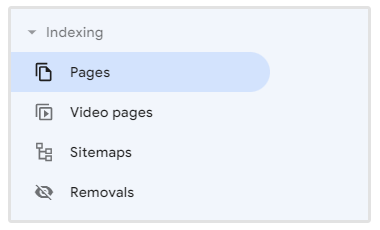
Now click on “Pages” to locate errors related to:
- Blocked due to unauthorized request (401) or
- Blocked due to access forbidden (403)
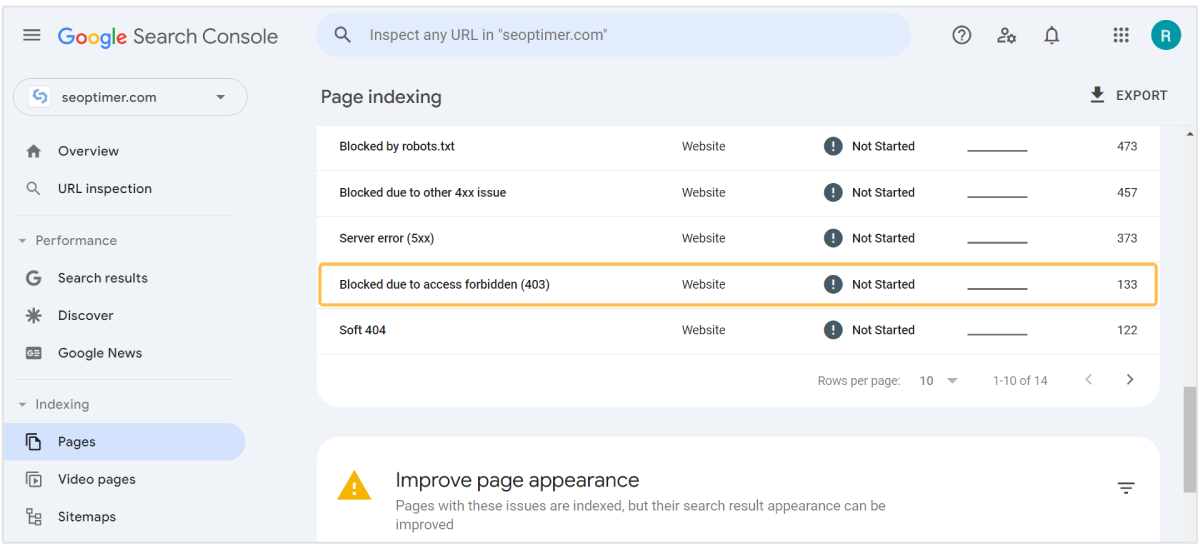
After clicking on the Reason (error) name, you will find a complete list of URLs having this issue. You can export this list and take appropriate actions to fix them.
Take the Help of SEOptimer URL Status Code Checker
You can also use the URL Status Code Checker from SEOptimer to evaluate the Status Code on a page.
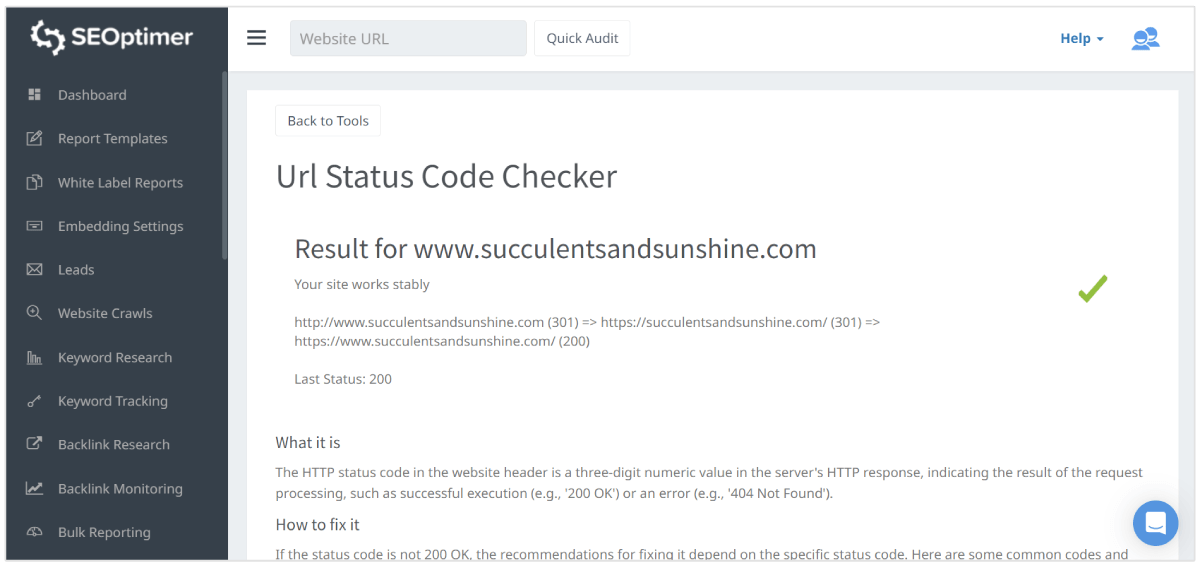
The tool will verify if the status code is 200. If it isn't, it will also determine if the response is a Denied (403) or Not Allowed (401).
Inspect the WWW-Authenticate Header
Open Developer Tools in your browser by right-clicking on the page and selecting "Inspect" or pressing F12.
Navigate to the "Network" tab and refresh the page to capture all HTTP requests.
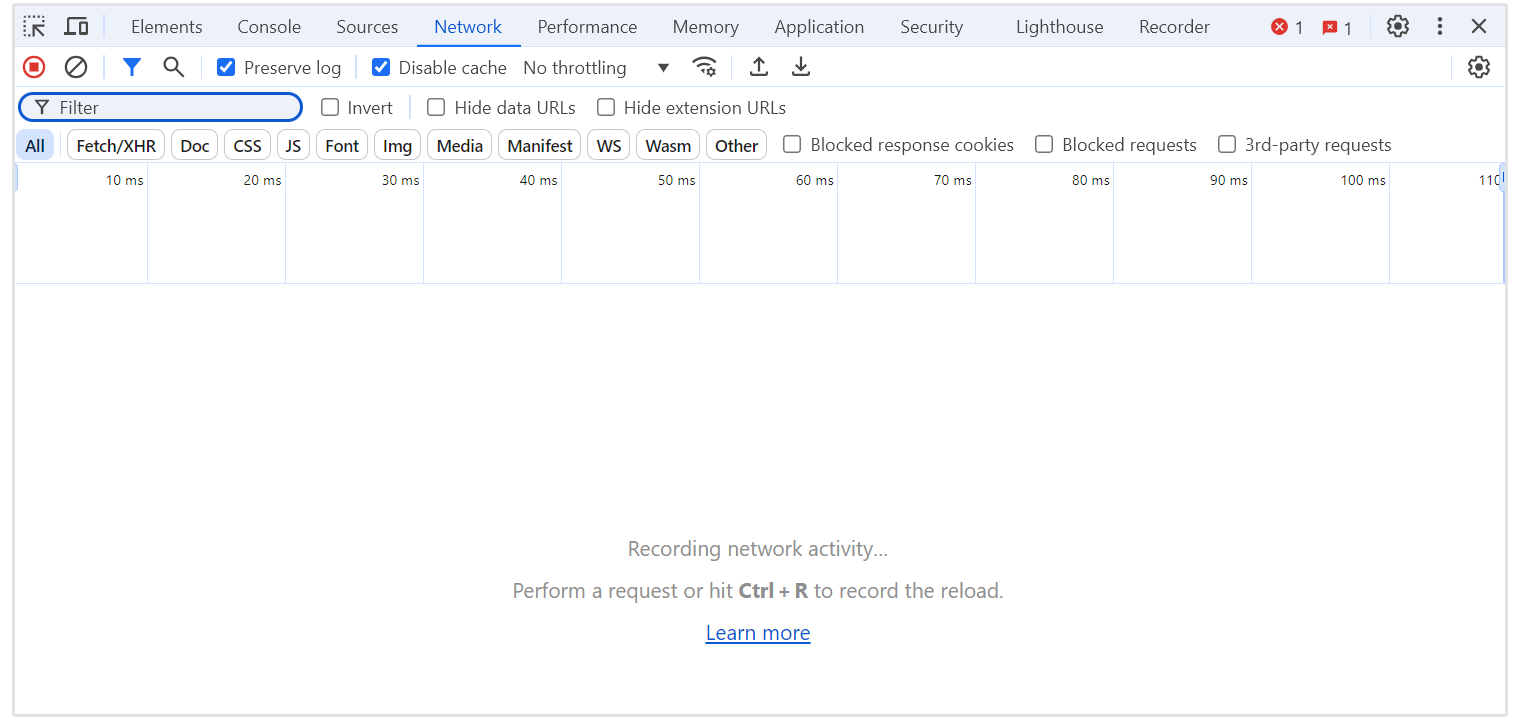
Look for the request that resulted in a 401 or 403 status code, then click on it to view its details.
In the "Headers" tab, scroll through the "Response Headers" section to find the WWW-Authenticate header.
This header will provide details about the authentication method the server requires, helping you understand why access was denied and what steps are needed to resolve the error.
Conclusion
Remember, both 401 and 403 errors tell you different things.
A 401 Unauthorized response tells you the server can’t recognize the user because the details are invalid.
A 403 Forbidden error response status code hints that the server understood the request. However, it failed to process it due to insufficient permission.
There is no point relogging in since the error will continue to return as long as the user permission is not updated.
Understanding the difference between 401 and 403 status code can make it easier to solve access issues and keep your site running smoothly for everyone.


